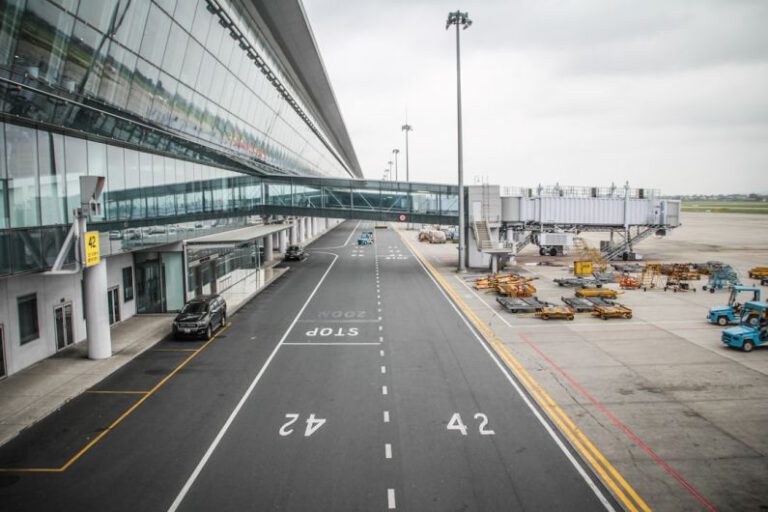Hyper-speed Travel: the Evolution of Maglev Trains
In the realm of transportation, the quest for faster, more efficient modes of travel has been a driving force for innovation. One such innovation that has captured the imagination of engineers and travelers alike is the magnetic levitation (maglev) train. Combining cutting-edge technology with the principles of magnetic attraction and repulsion, maglev trains have revolutionized the concept of high-speed rail transport. Let’s delve into the evolution of maglev trains and explore how they are reshaping the future of hyper-speed travel.
The Birth of Maglev Technology
The concept of magnetic levitation for transportation dates back to the early 20th century, with notable advancements made in the 1960s and 70s. The first commercial maglev system, known as the Linimo line, was introduced in Japan in 2005. This marked a significant milestone in the development of maglev technology, showcasing its potential for providing ultra-fast and smooth journeys.
Advantages of Maglev Trains
Maglev trains offer several advantages over traditional rail systems. One of the key benefits is their ability to achieve incredibly high speeds, surpassing those of conventional trains. By levitating above the tracks, maglev trains eliminate friction, resulting in a smoother and quieter ride. This not only enhances passenger comfort but also reduces wear and tear on the train and tracks, leading to lower maintenance costs.
Furthermore, maglev trains are environmentally friendly, as they do not rely on fossil fuels for propulsion. Instead, they are powered by electricity, which can be generated from renewable sources, making them a sustainable mode of transportation. With concerns about climate change and air pollution on the rise, the eco-friendly nature of maglev trains positions them as a promising solution for reducing carbon emissions in the transport sector.
Evolution of Maglev Technology
Over the years, maglev technology has continued to evolve, with ongoing research and development aimed at improving efficiency and performance. One notable advancement is the introduction of superconducting maglev systems, which use superconducting magnets to achieve even greater levitation and propulsion capabilities. These systems have the potential to reach even higher speeds, paving the way for ultra-fast travel between major cities and regions.
Another area of innovation in maglev technology is the development of maglev hyperloop systems. Inspired by the concept of the hyperloop, which involves transporting passengers and cargo through low-pressure tubes at high speeds, maglev hyperloop systems combine the levitation capabilities of maglev trains with the vacuum-sealed environment of hyperloop technology. This fusion of technologies has the potential to revolutionize long-distance travel, offering unprecedented speed and efficiency.
Future Prospects for Maglev Trains
As maglev technology continues to advance, the prospects for its widespread adoption look promising. Countries around the world are investing in maglev infrastructure to create high-speed rail networks that connect major urban centers and improve transportation efficiency. In addition to passenger transport, maglev trains are also being explored for freight transportation, with the potential to revolutionize logistics and supply chain operations.
The Future is Hyper-fast
In conclusion, the evolution of maglev trains represents a significant leap forward in the realm of hyper-speed travel. With their ability to achieve unparalleled speeds, enhance passenger comfort, and reduce environmental impact, maglev trains are poised to revolutionize the way we think about transportation. As technology continues to advance and new innovations emerge, the future of maglev trains looks brighter than ever, offering a glimpse into a world where hyper-fast travel is not just a dream but a reality.






